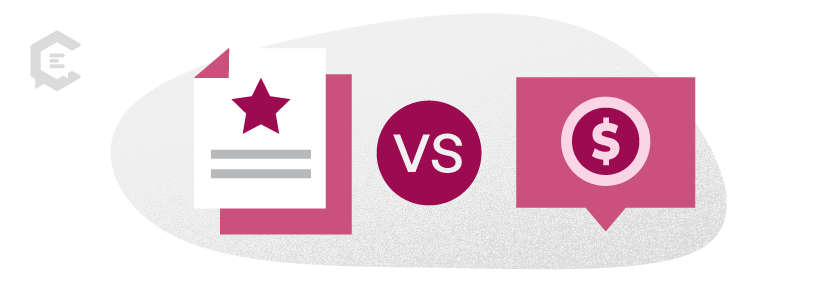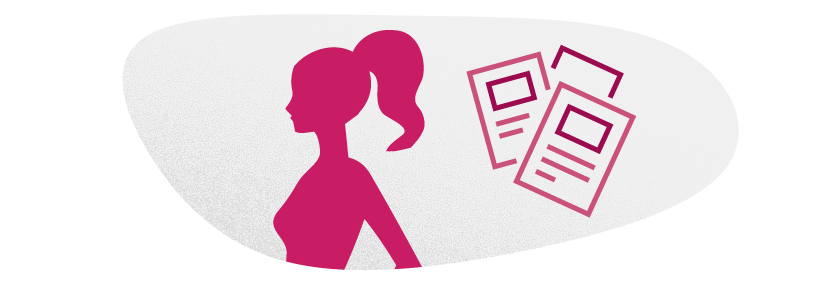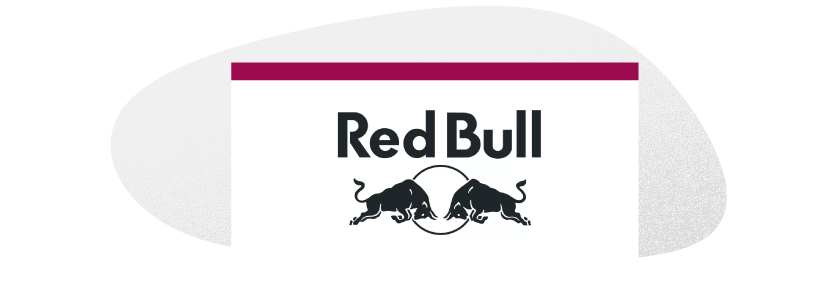What is Branded Content?
Branded content is a form of advertising in which the content doesn’t focus explicitly on a product or brand but instead entertains or informs in a way that aligns with a brand’s values and audience. Branded content campaigns may include videos, articles, social media posts, infographics, and podcast episodes.

Why is Branded Content so Important?
As marketers, we understand people don’t want to be sold to. But our job is, nevertheless, to sell. Branded content is one tool in our arsenal that allows us to create content that positions our business in a positive light while not actively selling that product or service. It’s also some of the content that’s much more likely to go viral (though that’s certainly not a guarantee) and see increased engagement.
Branded content can elevate your business, boost visibility, and introduce you to members of your target audience that you may not have reached otherwise. It’s also a great way to showcase any cause-based initiatives you may be launching.
Not all of your content marketing should be branded content, but these types of campaigns can see big returns.
Branded Content vs. Traditional Paid Advertising
When you think of traditional advertising, the approach is fairly straightforward. It’s typically some variation of:
“Our ideal customer has XYZ problem, and our product or service solves it. Here’s how! As an added bonus, let’s hear from some actual customers about how our business changed their lives!”
This formula is proven because it works! And there’s certainly nothing wrong with taking the tried-and-true approach.
Branded content, in contrast, can be more creative. It doesn’t feel like advertising at all, and the brand is not the main focus of the messaging. You might not even know you’re watching it until the brand’s logo appears at the end. It could be narrative, cinematic, or even just a series of memes.
Branded content portrays your brand in a positive light, but indirectly. It could be cause-based or tell stories about the kinds of people who use your product or service. Allow your creative juices to really flow when ideating branded content!
What Are Some Examples of Branded Content?
Probably the most notable example in recent history is 2023’s runaway hit movie: Barbie.
The long-anticipated film started generating buzz months in advance when production reportedly caused a global shortage of pink paint to create Barbieland. In the leadup to the release, a Barbie selfie generator was implemented on the film’s website, reinforcing the Barbie brand message that Barbie is every woman, and a woman can be anything she wants to be.
Before the SAG-AFTRA strike, Margot Robbie enlisted the help of stylist Andrew Mukamal to create custom looks for her press tour in which she’d appear as a classic Barbie from a different era for each appearance. Mukamal has since published a book detailing these looks (also branded content).
The overwhelming success of the film itself (over $1B in box office revenue) combined with an inventive and comprehensive marketing strategy reinvigorated a brand that had been struggling to feel relevant for years. Right now, Barbie is everywhere – from makeup to fragrance to fashion and even home decor collabs.
This one piece of branded content was a big risk and a big investment – that paid off exponentially – but at no point did it feel like a commercial for a product.
But maybe you don’t have the budget to create a major motion picture showcasing your main product and brand message. On a much smaller scale, Red Bull has had tremendous success with a series of videos highlighting the “extreme” hobbies, sports, and lifestyles of their target audience.
Red Bull knows that its audience consists of high-octane adventurers and creates content that reflects exactly that. It’s aspirational, heart-stopping, and definitely gets folks talking.
Their YouTube channel has nearly 15 million subscribers, and you can view their videos here.
Get Started with Branded Content
With a vetted Talent Network of thousands of freelancers in 200+ industries, ClearVoice can connect you to exactly the right team to help you create branded content that makes your message sing. Not all content is created equal, and even if you’ve got a fantastic in-house team, you might find that niche content like this is not part of their particular skill set.
Hire branded content experts and take the guesswork out of it. Talk to a content strategist today and find out how you can take your branded content to the next level!






